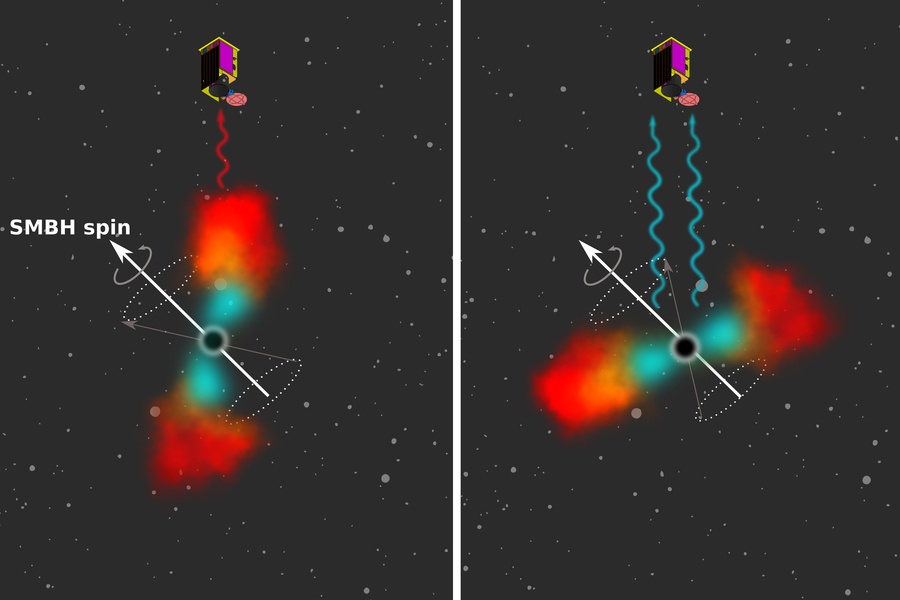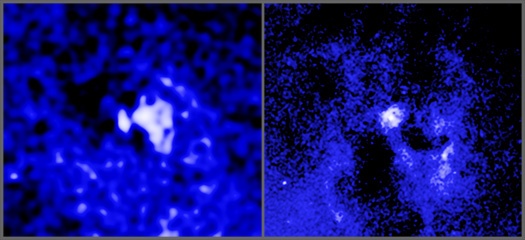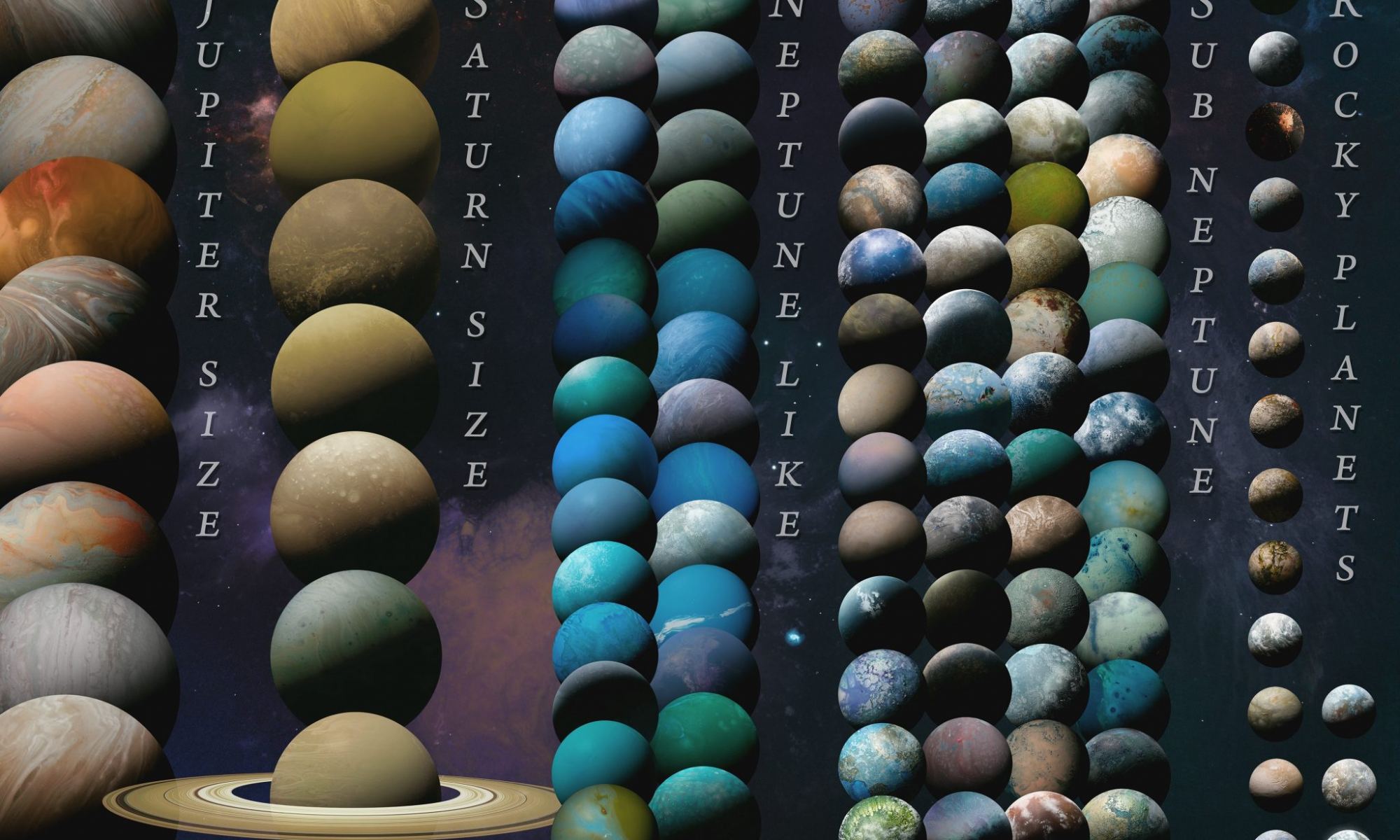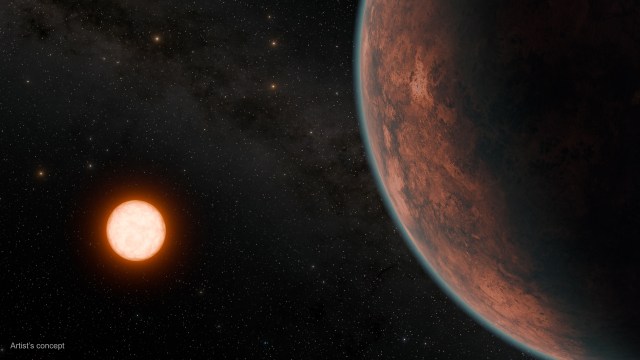Despite being extraordinarily difficult to detect for the first time, gravitational waves can be found using plenty of different techniques. The now-famous first detection at LIGO in 2015 was just one of the various ways scientists had been looking. A new paper from researchers from Europe and the US proposes how scientists might be able to detect some more by tracking the exact position of the upcoming Uranus Orbiter and Probe (UOP).
Continue reading “A Mission to Uranus Could Also be a Gravitational Wave Detector”It’s Time for Hardworking Hubble to Slow Down a Little
Thirty-four years is a long time for a telescope. Yet, that is how long the veteran workhorse of NASA’s space telescope fleet has been operating. Admittedly, Hubble was served by several repair missions during the space shuttle era. Still, the system has been floating in the void and taking some of humanity’s most breathtaking pictures ever captured since April 24th, 1990. But now, time seems to be finally catching up with it, as NASA plans to limit some of its operations to ensure its continued life, starting with gyroscopes.
Continue reading “It’s Time for Hardworking Hubble to Slow Down a Little”NASA has a New Database to Predict Meteoroid Hazards for Spaceflight
There are plenty of problems that spacecraft designers have to consider. Getting smacked in the sensitive parts by a rock is just one of them, but it is a very important one. A micrometeoroid hitting the wrong part of the spacecraft could jeopardize an entire mission, and the years of work it took to get to the point where the mission was actually in space in the first place. But even if the engineers who design spacecraft know about this risk, how is it best to avoid them? A new programming library from research at NASA could help.
Continue reading “NASA has a New Database to Predict Meteoroid Hazards for Spaceflight”Suppressing Starlight: How to Find Other Earths
One underappreciated aspect of the current flood of exoplanet discoveries is the technical marvels that enable it. Scientists and engineers must capture and detect minute signals from stars and planets light years away. With the technologies of even a few decades ago, that would have been impossible – now it seems commonplace. However, there are still some technical hurdles to overcome before finding the “holy grail” of exoplanet hunting – an Earth analog. To help that discussion, a team of researchers led by Bertrand Mennesson at NASA’s Jet Propulsion Laboratory has released a paper detailing the current experimental and theoretical work around one of the most critical technical aspects of researching exoplanet atmospheres – starshades.
Continue reading “Suppressing Starlight: How to Find Other Earths”A New Telescope Can Observe Even in Broad Daylight
Astronomy is a profession that, so far, has only been done at night, at least on Earth. Light from the Sun overwhelms any light from other stars, making it impractical for both professional and amateur astronomers to look at the stars during daytime. There are several disadvantages to this, not the least of which is that many potentially exciting parts of the sky aren’t visible at all for large chunks of the year as they pass too close to the Sun. To solve this, a team from Macquarie University, led by graduate student Sarah Caddy, developed a multi-camera system for a local telescope that allows them to observe during daytime.
Continue reading “A New Telescope Can Observe Even in Broad Daylight”A Mini-Neptune in the Habitable Zone in a Binary Star System
Sometimes, it seems like habitable worlds can pop up almost anywhere in the universe. A recent paper from a team of citizen scientists led by researchers at the Flatiron Institute might have found an excellent candidate to look for one – on a moon orbiting a mini-Neptune orbiting a star that is also orbited by another star.
Continue reading “A Mini-Neptune in the Habitable Zone in a Binary Star System”A New Way to Measure the Rotation of Black Holes
Sometimes, astronomers get lucky and catch an event they can watch to see how the properties of some of the most massive objects in the universe evolve. That happened in February 2020, when a team of international astronomers led by Dheeraj (DJ) Pasham at MIT found one particular kind of exciting event that helped them track the speed at which a supermassive black hole was spinning for the first time.
Continue reading “A New Way to Measure the Rotation of Black Holes”Black Holes are Firing Beams of Particles, Changing Targets Over Time
Black holes seem to provide endless fascination to astronomers. This is at least partly due to the extreme physics that takes place in and around them, but sometimes, it might harken back to cultural touchpoints that made them interested in astronomy in the first place. That seems to be the case for the authors of a new paper on the movement of jets coming out of black holes. Dubbing them “Death Star” black holes, researchers used data from the Very Long Baseline Array (VLBA) and the Chandra X-ray Observatory to look at where these black holes fired jets of superheated particles. And over time the found they did something the fiction Death Star could also do – move.
Continue reading “Black Holes are Firing Beams of Particles, Changing Targets Over Time”Marvel at the Variety of Planets Found by TESS Already
The hunt for new exoplanets continues. On May 23rd, an international collaboration of scientists published the NASA TESS-Keck Catalog, an effort to publicly release over 9000 radial velocity measurements collected by NASA’s space-based Transiting Exoplanet Survey Satellite (TESS) and the ground-based Keck Observatory, located in Hawai’i, and the Automated Planet Finder, located at the Lick Observatory in California. An accompanying analysis of these validated 32 new planetary candidates and found the masses of 126 confirmed planets and candidates with a wide range of masses and orbits. Let’s dig into some details.
Continue reading “Marvel at the Variety of Planets Found by TESS Already”A New Venus-Sized World Found in the Habitable Zone of its Star
The parade of interesting new exoplanets continues. Today, NASA issued a press release announcing the discovery of a new exoplanet in the Gliese 12 system, sized somewhere between Earth and Venus and inside the host star’s habitable zone. Two papers detail the discovery, but both teams think that the planet is an excellent candidate for follow-up with the James Webb Space Telescope (JWST) to try to tease out whether it has an atmosphere and, if so, what that atmosphere is made of.
Continue reading “A New Venus-Sized World Found in the Habitable Zone of its Star”









